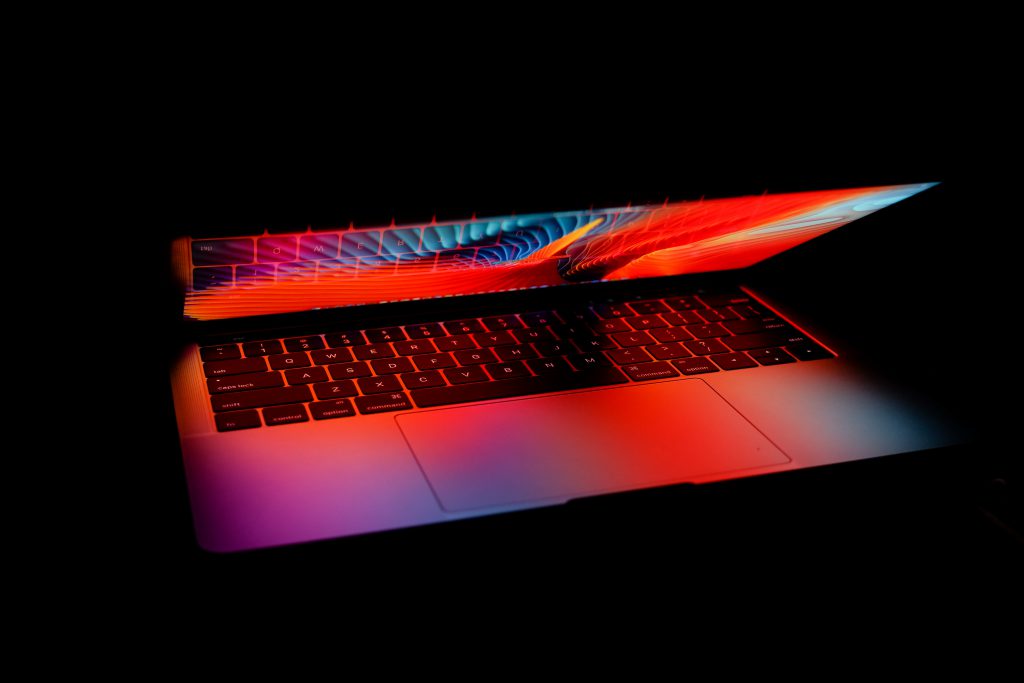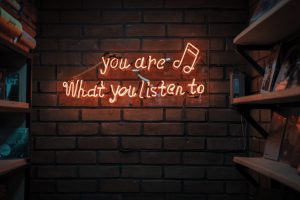HAVE TECHNOLOGICAL INNOVATION CHANGED MUSIC CONSUMPTION?
“ The history of music is inevitably also the story of the development of technology. From the player piano to the vinyl disc, from reel to reel tape to the cassette, from the CD to the digital download, these formats and devices changed not only the way music was consumed, but the very way artists created it.”
Edgar Bronfman
New technologies influence the way we listen to and consume music in 21st century Music, as a form of communication and entertainment, has varied considerably between times and cultures ( Estrella, 2017). New discovery and progress gave a huge contribution to music’s changing. The selected topic inspired me not just from a universal belief but also from my passion. As a digital immigrant, I participated in the shift from the analogical to digital. Otherwise, who was born during the digital innovation we should define them as a digital native. Moreover, I active experienced the issues and benefits that this transformation may have caused. The 21st Century participated in a revolution of the music listening (some call this revolution, but I would call this a logical development and therefore refers to shifts rather than abrupt changes.) New technologies increasingly invade the daily lives of those who use them (Prelinger, 2009). Music consumption became organized around new objects: smartphone, iPad and streaming services shaping the contemporary technological landscape. Technological advances introduced different ways to listen to music but also to produce, share and consume content. Furthermore, new technology enhances the ability to access various forms of new media including music. The evolution of history has changed the sound of the music, and the way it is consumed at an individual and collective level. Music influences the individual and community. (Ibid)
MUSIC IDENTITY
As society changed, consequently music changed too, from a subjective and universal aspect too. It is because, as many pieces of research demonstrated music is defined both as a subjective and collective experience. (Bracetti, 2013) Music is the key to our identity because it offers an individual sense of the collectivity. (Loudon, 1994) It is in determining which song to play next that we express ourselves in active participation. Music constructs our sense of identity through direct experiences. (Ebare, 2004) Music is a channel of communication through which listeners share emotions, intentions, and meanings. The genre influences music identities. Music through its powerful means reinforces memory, the ability to create feelings and to produce emotional expressions that help reopen the most hidden and deep memories. Music is exceptional support that interacts positively with our mood, becoming a valid therapy for troubleshooting and anxiety. ( Prelinger, 2009) Technology has profoundly transformed consumer behavior. This change concerns our way to consume music and also, our identity that most of the time reflects on the music. ( Helyer, 2015) Moreover, the sound recorded itself reflects in human actions. The relationship between technology and its users determines the impact of music consumption. ( Austin, 2015 ) We identify ourselves with digital innovation and music plays a significant role in the influence of identity. ( Stokes, 1997) But after the continuous diversification of the music, the identity becomes dynamic rather than static like the previous time, because music shapes our identity together with the trends in society. ( Austin, 2015)
NEW SOCIETY, NEW MUSIC GENRES
The uninterrupted diversification of the music led the society to evolve with that influence, new styles, new genres, hence new music identities. Therefore, elements from previous cultures and musical genres and subgenres are incessantly recycled, but they are not called subcultures but “new genres”. ( Austin, 2015) These constant transformations led to expanding test and experiment of new genres. (Kartz, 2010) When trying to shed light on the characteristics of identities in digital music devices, we always talk about “native” and “digital immigrants.” Native considers the developing devices around as a natural element manipulates and interacts. ( Prensky, 2001) A digital immigrant is a person who could manifest a sense of unsuitability in the use of new technologies. However, frequent attendance allows him to develop native behaviors. Many have adopted new technologies, have expanded their musical tastes and gained new knowledge. For them, music is no longer static, but a dynamic process. (Brown, 2014 ) The music identity of consumers has changed over the years by following the evolution of technology.

